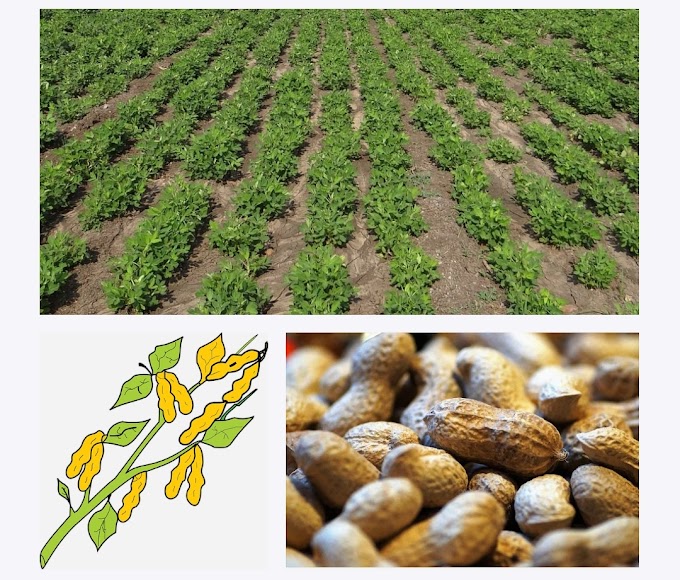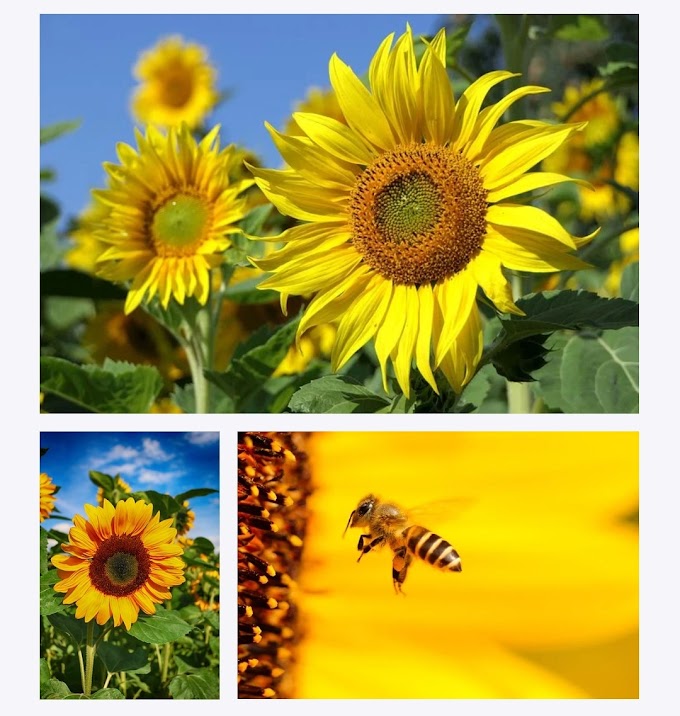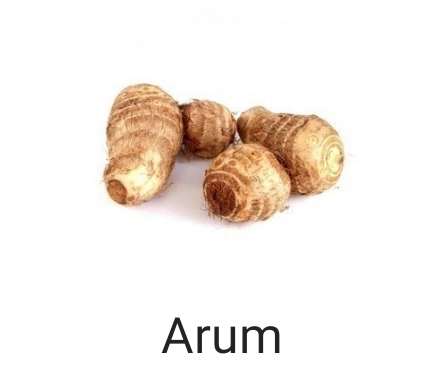Indian Agriculture
Field tillage and soil preparation:
Preparation of land:- First tillage soil overturned solution or 2-3 ploughing from Harrow and tied the weir and filled the water in the field with 1 tillage paddler (plau) and then the second day should be re-paddler and pata.
Irrigate the field a week before sowing/planting of paddy, so that weeds grow, then sowing/planting. At the time of planting, fill the field with water and plough.
seeding method
The following methods are followed for sowing of paddy:
Nursery Method - For planting in an area of 1 acre, 0.1 acre nursery is required.
Prepare high kyas with 1.25 m width 10cm height and proper length. Add 200 kg of dung manure, 1 kg of urea before planting.
A spray of trichoderma should be made within 10 days of the nursery. Do a protective spray 10-14 days after sowing to prevent diseases and pests.
Direct Sowing:- In case of direct sowing in plain areas, ripening species should be selected in 90 to 110 days. Sowing should be completed from mid-June to the first week of July. 15 to 17 forts of seeds take in the work in direct sowing of paddy!
Growing Matt Type Nursery:- Collect soil on the upper surface of the field up to 5-6 cm deep to grow paddy nursery. They filter it with a finely coded filter. The area in which the nursery is to be put. Make it well and pata. Then remove the water from the field and stay for a day or two to make thin leaves on the surface. Now, make two to three cm high weir of the soil by planting wooden strips up to a length in one metre width on this area and leveling up to one cm height of the filtered soil prepared for the nursery in this area and sprinkle the sprouts at the rate of 800 to 1000 grams per square metre. Now add a little bit of soil on top of it so that the seeds are covered. Then cover the nursery with straw grass. Keep spraying water for 4-5 days do not use any fertilizer in the nursery.
Use of paddy transplanter in paddy plantation:- Paddy Transplanter is a six-line hand-held and power-powered eight-line button planting machine. This device requires a matte type nursery for planting. Sprouted seeds of paddy are used in this nursery. The distance of the queue from the queue by this machine is 20 cm fixed and hence a seed of 20 kg per acre is required for planting at a distance of 20-10 cm. Good simulation is achieved at 30 degree centigrade temperature. Paddy should be covered in the shade or in sacks for two or three days or till germination properly after soaking 24 hours in water. Sprinkle water on the boire till the time of the seedling. When the seedling is blown, the seeds should be considered ready to sow in the nursery.
Plantation:-
With the help of scraper (20-50 cm pieces) for planting 15 days of saplings, the plant should be removed in such a way that the thickness of the filtered soil rises. Place these pieces in the tray of the paddy transplant. Press the machine with a mild shock towards the ground. By doing so, cut the slices of the plant in the tray into the field at 6 places. Then drag the handle backwards and drag the machine as much as the plant (usually 10 cm) from the plant. Again press the handle with a mild shock of the ground. Let this kind of repetition go. This will complete the work of the plant's ropir.
Seed Varieties
1. Pant Paddy 12 - This variety is cooked in 115 to 120 days. This variety is suitable for all the plains of Uttar Pradesh except Bundelkhand. The yield is 55-60 quintals per hectare.
2. Jaya-130 to 140 days of ripening paddy is very good for Uttar Pradesh Haryana Karnataka, Andhra Pradesh and Punjab. The yield is 50-60 quintals per hectare.
3. Yamini (C.S.R.-30) - It is a good variety of basmati paddy. Its rice is thin, long, soft and beautiful. Its average height is 150/160 cm. and takes 155 days to cook. The average yield is 40-45 quintals per hectare. This species has been found to be good for cultivation in alkaline soils.
Fertilizer Information
As far as possible, the quantity of fertilizer should be ensured by testing the land and putting 4 tonnes of dung or green manure per acre of farmland. If the soil is not tested for any reason, use the fertilizers as follows.
The ratio of nutrients in paddy crop is kept at 2:1:1. Improved varieties require 60:30:30 NK per acre.
"At the time of sowing, urea 66 forts and single super phosphate 188 forts and 50 forts in the murate of Potas field.
Urea 33 forts after 30 days of sowing
Urea 33 forts after 60 days of sowing
Hybrid varieties require 80:40:40 NK per acre.
At the time of sowing, urea 88 forts and single super phosphate 250 forts and 68 forts in the murate of Potas field.
"Urea 44 forts after 30 days of sowing
Urea 44 forts after 60 days of sowing
Experiment Method:- Use half the natrajan and phosphorus and the entire amount of potash after the week of planting before planting and the remaining amount of the natrijan at the same time twice the time of the kalle burst and at the initial stage of formation of Bali. Do not use fertilizer after becoming a grain.
Auxiliary Machines
Soil reversal ploughs, native ploughs or havers, or rutavator, shovel, khui, drum cedar, seed drill, etc., are required.
Weed Control
Chemical Method of Weed Control:-
Use pretilachlor 500 ml for weed control of grass total within 2-3 days of sowing/planting.
Use pyrofosulfaeron for wide leaf weed control within 2-3 days of 100 grams of sowing/planting.
Use bispiribek sodium 40 ml for grass total, mautha kul and wide leaf weed control within 15-20 days of sowing/planting.
Use for wide leaf weed control within 25-35 days of sowing/planting 2,4-D 500 ml.
Use finoxypro up p ethyl 200 ml for weed control of grass total within 25-35 days of sowing/planting.
Health & Nutritional Quality
Rice contains about 80% carbohydrates, 7% protein, 3% fat and 1% mineral salts.

















0 Comments